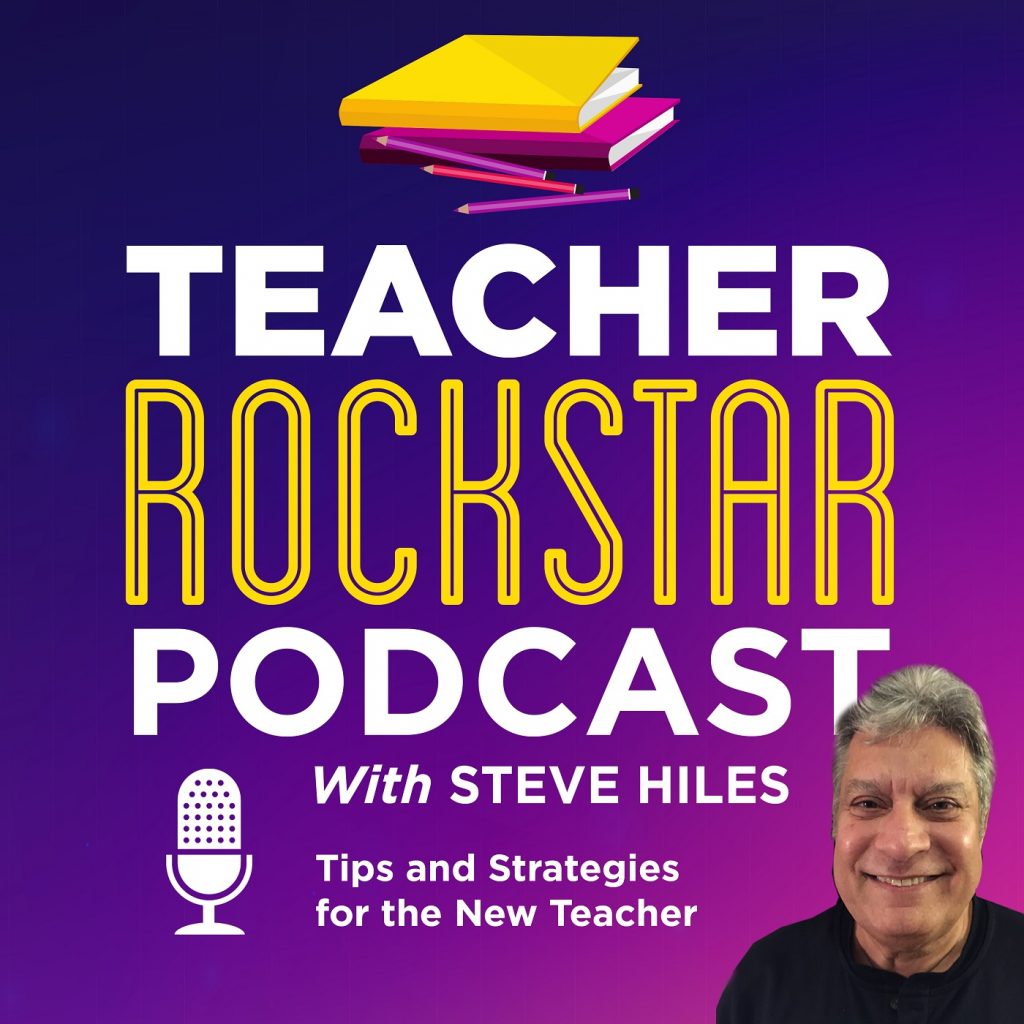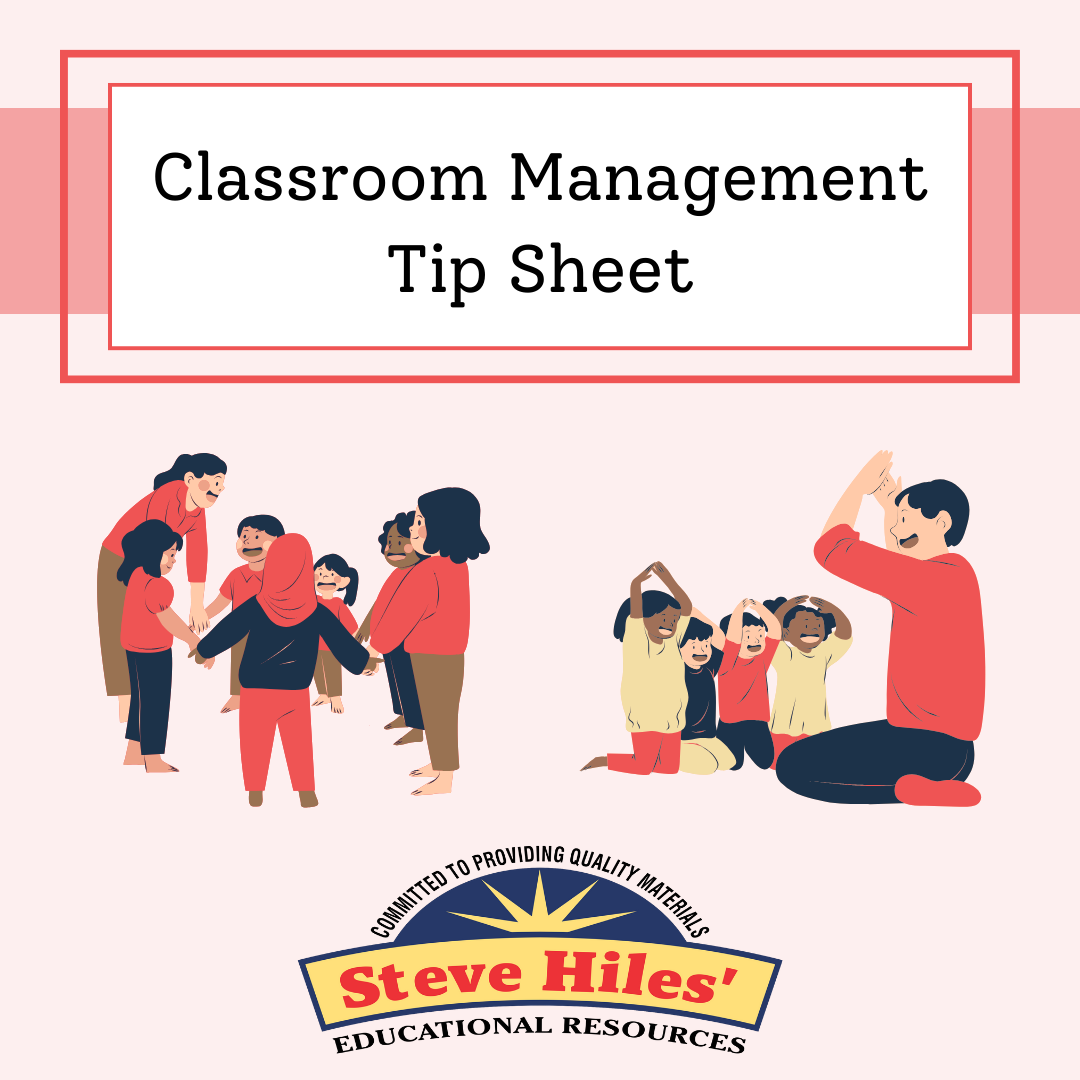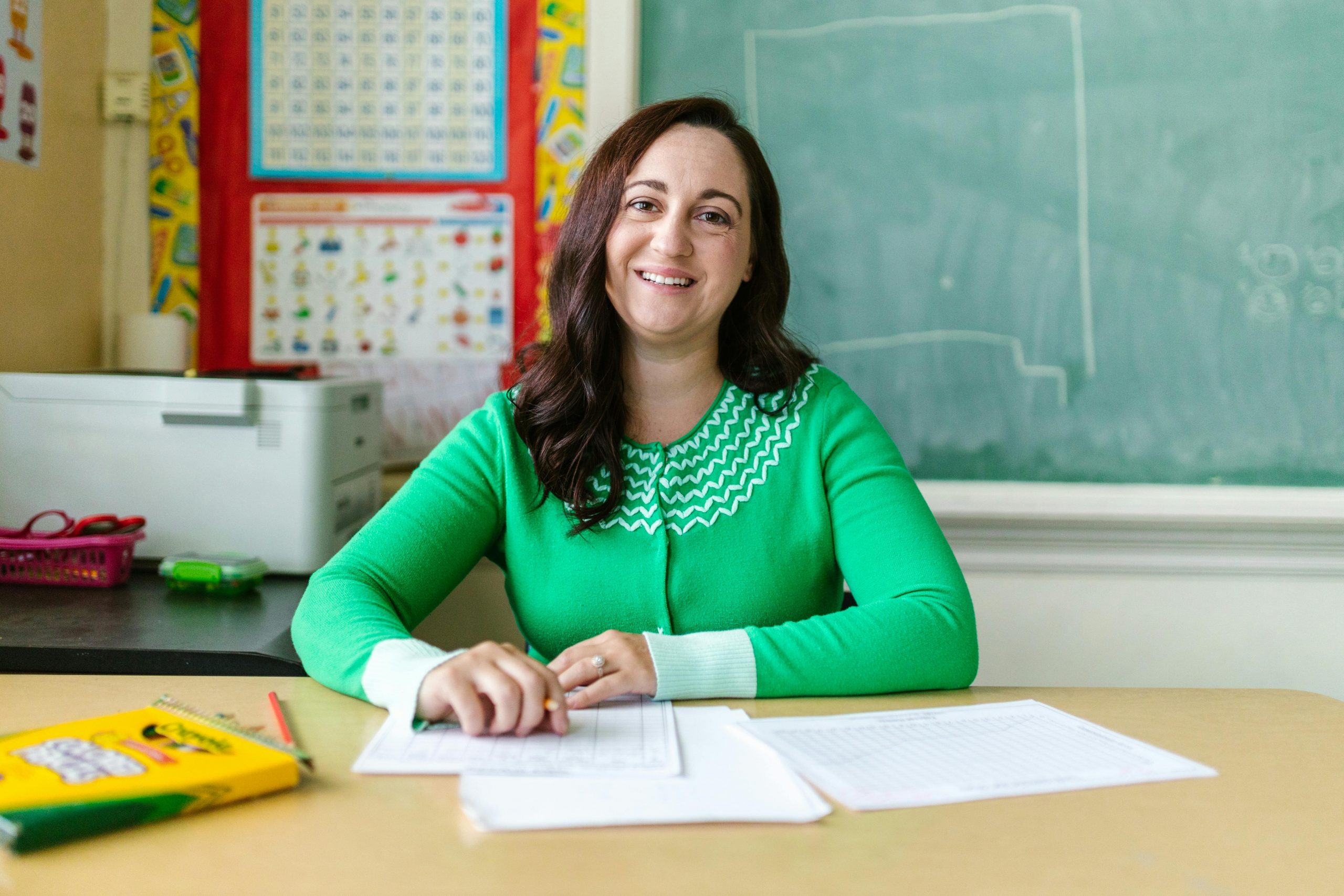I was in my second year of teaching when I noticed something strange. Same lesson. Same classroom. Totally different responses. My boys were bouncing off the walls. My girls were meticulous, detail-focused… but often hesitant to take risks.
That’s when it hit me: boys and girls don’t just act differently — they learn differently.
And the more I leaned into that, the more effective I became as a teacher. This episode is all about unlocking those differences… and using them to elevate your teaching game.
🎙️ WHY THIS MATTERS
Let’s get something straight: this isn’t about putting kids into boxes. It’s about recognizing patterns so we can teach smarter, not harder.
When we understand how to teach boys and girls, we start seeing opportunities we were missing. We engage better. We prevent behavior issues before they start. And most importantly — we reach kids on a deeper level.
Because the truth is: your most powerful weapon as a teacher is your ability to adapt.
I’ve seen firsthand how gender-based learning differences play out across grade levels, cultures, and classroom setups. And I’ve made just about every mistake you can make trying to figure it all out. But today, I want to shortcut your learning curve.
🎙️ WHAT THE RESEARCH SAYS (In Plain English)
Here’s the deal. Research — from brain imaging studies to classroom observation — tells us that boys and girls tend to process information differently.
- Boys often thrive with movement, competition, and visual-spatial tasks.
- Girls often excel in language-based learning, collaboration, and detail-oriented tasks.
That doesn’t mean every boy is rowdy or every girl is compliant. But on the whole, there are neurological and hormonal differences that affect learning.
So let’s dig into what you can do with this.
🎙️ STRATEGIES FOR TEACHING BOYS EFFECTIVELY
📌 1. Get Them Moving.
Boys often need to move to think. Try “walk and talks,” standing desks, or lessons where they physically manipulate objects. Even just letting them walk to the board can help them focus better.
📌 2. Make It a Challenge.
Turn activities into missions. Build friendly competition into your lessons. You’ll light up their drive to conquer a challenge. This isn’t just engagement — it’s influence.
📌 3. Use Short Bursts.
Break tasks into chunks with mini-goals. Give fast feedback. Boys typically don’t respond well to long lectures or multi-step tasks without interim wins.
📌 4. Control Through Redirection, Not Power.
Here’s a hard truth: when you push for dominance, they’ll push back. Instead, guide through subtle cues, redirection, and calm assertiveness. Influence beats authority.

🎙️ STRATEGIES FOR TEACHING GIRLS EFFECTIVELY
📌 1. Create a Safe Space for Risk-Taking.
Many girls aim for perfection — and fear failure. Celebrate process over product. Normalize mistakes. Help them redefine success as growth, not just correctness.
📌 2. Tap into Collaboration.
Girls tend to thrive in group discussions and peer feedback. Use this. Build learning around partnerships, think-pair-share, and peer editing.
📌 3. Give Verbal Praise — Thoughtfully.
Affirm effort, not just outcome. Be specific: “I love how you broke down that math problem step-by-step.” That encourages internal motivation and confidence.
📌 4. Avoid the Trap of Over-Praising Compliance.
Don’t just praise girls for being quiet or neat. Encourage assertiveness, curiosity, and leadership. Quiet doesn’t always mean learning.
🎙️ THE SECRET SAUCE: TEACHING WITH POWER, NOT FORCE
Let me level with you. In this job, you can either command attention… or demand it. The most powerful teachers don’t shout louder — they read the room, tailor their approach, and adapt like pros.
Here’s what I’ve learned over decades: powerful teaching means knowing who’s in front of you — and shifting your methods to bring out the best in each learner.
Boys may test limits. Girls may seek approval. Either way, your role is the same: to lead them where they didn’t think they could go.
In conclusion, you don’t have to be a brain scientist to use this stuff. Start with one strategy this week. Observe. Adjust. Reflect.
And remember — it’s not about changing everything you do. It’s about being strategic with what you do best. That’s how you lead with purpose… and power.
Want more gender-specific teaching tips? Visit Edutopia.org









